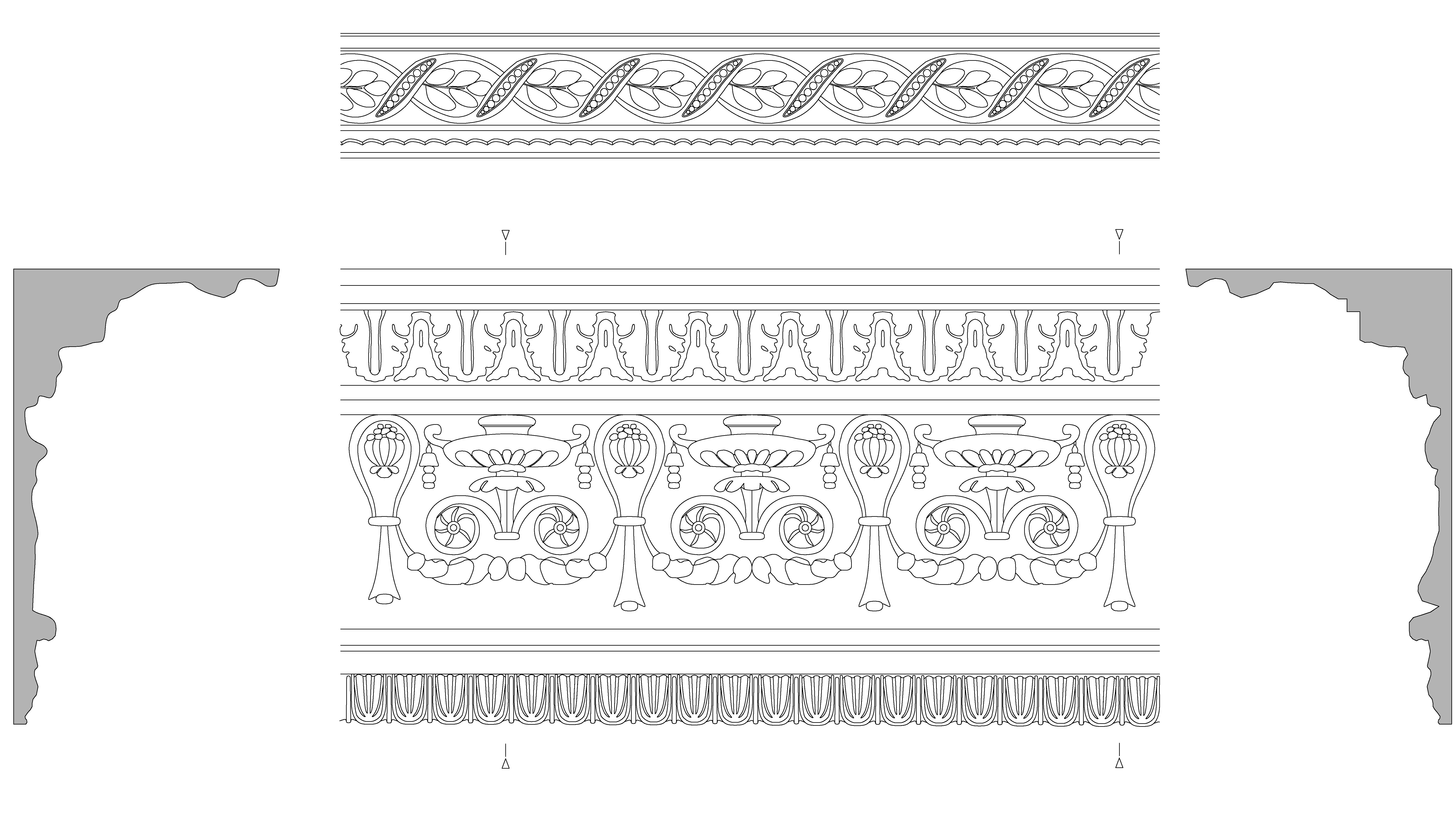
Members of the Built Heritage team from both London and Sheffield offices have recently been involved in the recording of a Grade II* listed Georgian town house in Mayfair, London. The house was built in 1750-4 on land leased from the Berkeley Estate, and had some illustrious residents during its life, including the Marquis of Anglesea and the Earl of Westmoreland.
The principal rooms at first floor retained high quality Georgian and Regency decorative schemes, including some imported 18th century, hand-painted Chinese wallpaper in one room, and painted silk wall hangings in two others. These, together with the highly decorative cornices, door surrounds and pelmets were all to be removed from the building for conservation during a major programme of refurbishment works of the building and its mews cottage. Once removed from the listed building, and the protection that listed status affords to all in situ elements, the challenge of ensuring their appropriate management becomes more difficult, and Westminster City Council required a highly detailed drawn and photographic record to be made of the decorative features, to enable them to be exactly replicated should they be lost or damaged during the refurbishment works.

Large format photography was undertaken using a Linhof plate camera to create 5” x 4” (125mm x 100mm) colour negatives, providing orthographically correct images at a level of detail necessary for production of the required prints at A2 size. Large format images were recorded of each elevation of the three principal rooms, and scans of the negatives will allow the conservator to zoom in to record all areas of damage to both wallpaper and silk hangings. On closer inspection, the wallpaper proved somewhat surprising in terms of the scope of ‘cut and paste’ that had been deployed in its re-use in this property. Not only were two distinct patterns of wallpaper used, but there were numerous areas of patching, and elements such as individual birds and branches clearly cut out and stuck on.
Due to the ceiling height in these rooms and the intricacy of some of the mouldings, the survey of the cornices, ceiling roses, door surrounds and pelmets was undertaken by means of a 3D laser scan, in order to produce the required 2D drawn profiles and elevations.
